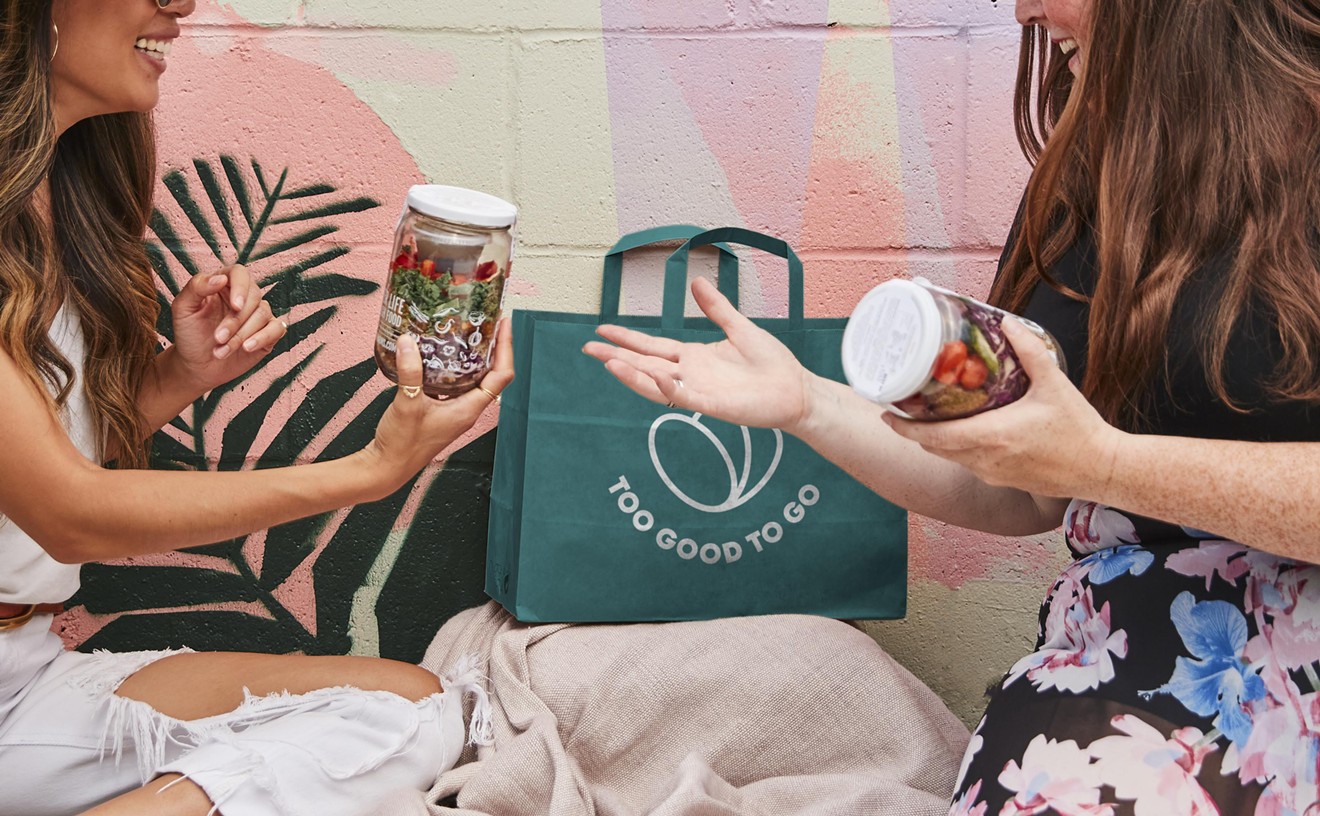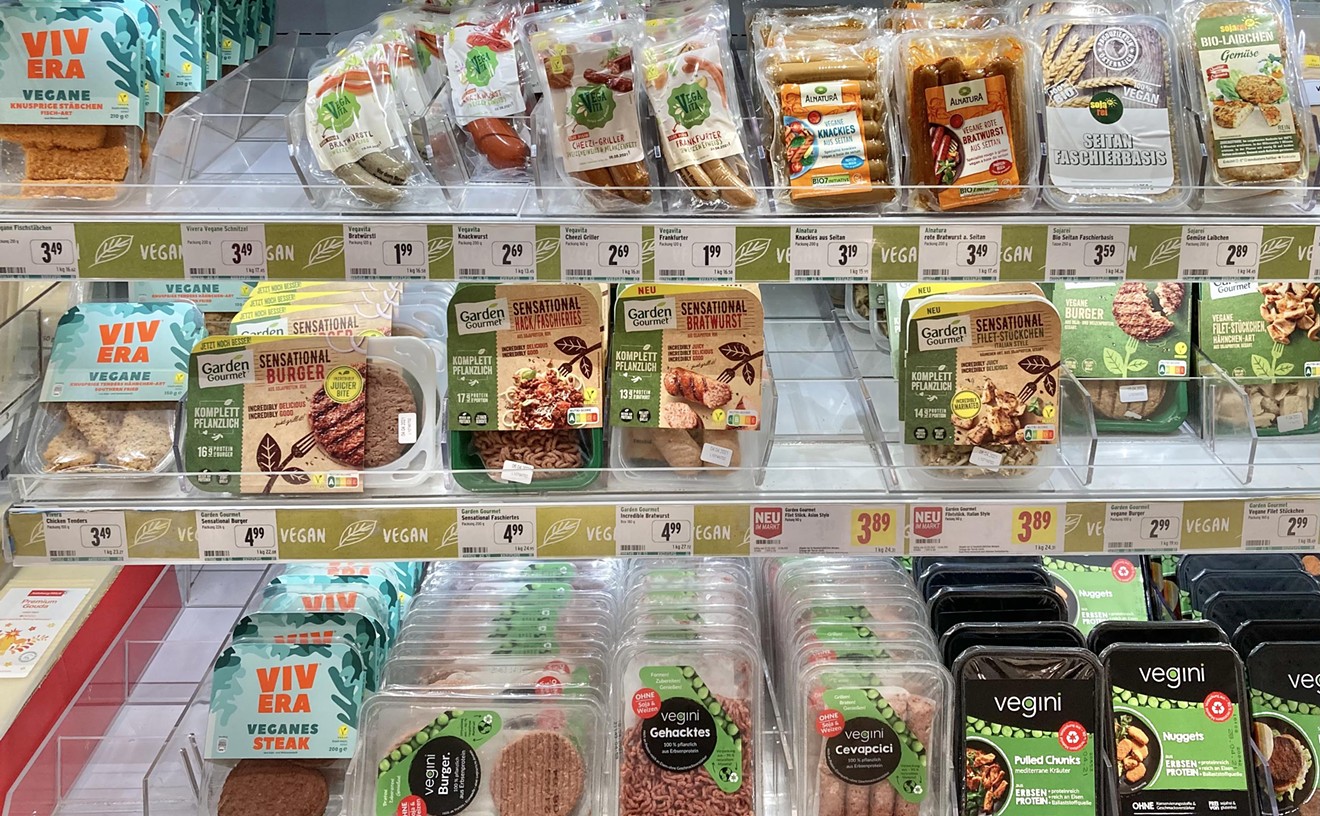In fact, it may surprise you to discover just how many words we associate with Italian food that either have no meaning or, worse still, mean something completely different back in Bella Italia. Fettuccine Alfredo, chicken Tetrazzini, marinara sauce, veal Parmigiana, chicken primavera, manicotti -- all are virtually meaningless in the Italian culinary world. Try ordering "manicotti" in Italy and you just might find yourself tucking into a steaming plate of plumbing accessories.
Italy is not the only country that suffers from the proliferation of misleading food nomenclature in America. Some of our most popular "international" foods are completely unknown in the countries whose names they bear. You won't find any French toast or French dressing in France, although you might have better luck with French fries, which actually come from Belgium. There are no English muffins in jolly olde England, although, ironically, the British have recently developed a taste for regular muffins, which they call "American muffins." Furthermore, there's absolutely no such thing as an Italian roast beef sandwich (the mere mention of this one causes my Italian friends to freeze in mid-conversation and drop their silverware while simultaneously spraying Chianti out of both nostrils), and your only chance of encountering Russian dressing in Russia is if you happen to stumble into the wrong hotel room after a long night of vodka consumption.
Even those foods that do have some legitimate ancestry have been modified beyond recognition. Take the ubiquitous caesar salad, invented almost by accident in Tijuana, Mexico, by legendary chef Caesar Cardini. While many embellishments of the basic recipe have crept in over the years, the fundamental ingredients of a caesar salad are three: romaine lettuce, raw egg and anchovies. Tell me honestly, when was the last time you had a caesar salad with raw egg in it?
In defense of America's culinary tradition, it has to be said that some food items have actually benefited greatly from American adaptation. Take the humble hot dog. Seems like a pretty simple concept, doesn't it? Cut the bun, insert the frankfurter and then garnish with appropriate condiments. Yet this simple and logical method of preparation has failed to gain any acceptance in the hot dog's place of origin, Frankfurt, Germany. Every day millions of German people fork over their hard-earned Deutsche marks in exchange for which they receive a bun in one hand and a sausage in the other. And here it gets even more complicated, with the addition of a food item in the German hot dog package that you never find here and which, even in Germany, rarely gets eaten -- a sugarless wafer crisp about the size of an airplane ticket. So how does this all work? Simple (that is "simple" in the German sense of the word, which, rather appropriately, has twice as many syllables as ours): You squirt your mustard and ketchup onto separate areas of the wafer, then you break off a piece of sausage, dip it in the condiment of choice on the wafer and eat it. Next you rip off some bread, dip this into the condiments on the wafer, eat it, and so it goes. I recently quizzed a German friend about the dubious practicality of this cumbersome arrangement versus our widely accepted "all-in-one concept" and he became defensive, explaining that everyone has his own preferred bread/sausage ratio and that having the sausage inside the bread forces you to relinquish this element of control. If nothing else, this might explain why you rarely hear people clapping at German ballgames.
Conversely, some foods that practically seem to define a particular nation were actually born right here in the good old U.S. of A. and still remain something of a mystery in their perceived home country. Take chop suey and fortune cookies, for example. Don't these two simple food items conjure up vivid images of hundreds of people riding bicycles in front of a large pagoda-like structure while others perform t'ai chi in a nearby park? Make that Griffith Park, Los Angeles, for the fortune cookies and Golden Gate Park, San Francisco, for the chop suey. In fact, San Francisco has probably had more influence on America's typical Chinese restaurant menu than both Beijing and Shanghai combined.
Of all foreign countries, however, Italy really does seem to be the most frequently violated victim where food names are concerned. I recently saw a sign in a sandwich shop in London that read, "Tramezzini -- it's Italian for sandwich." About a week later, I spotted another sign in a coffee shop in Santa Monica: "Panini -- it's Italian for sandwich." So who's right? Well, nobody is, actually. Panini is Italian for "sandwiches" or "filled rolls" in the plural (one is called a panino) while a tramezzini (literally "three layers") is a special kind of sandwich that has two different fillings separated by a thin layer of sliced bread in the center. The tramezzini in London were just regular, single-filling sandwiches on sliced white bread, while Santa Monica's panini was definitely in the singular (unless I completely misunderstood the offer and they were actually charging $3.99 for the whole lot).
So the lesson is this: If you're planning to travel and dine overseas, the best way to stay out of trouble is just to forget everything you thought you knew about other countries' food. Until next time, as they say in Germany, "bon appétit," which is Romanian for sandwich (just kidding).










